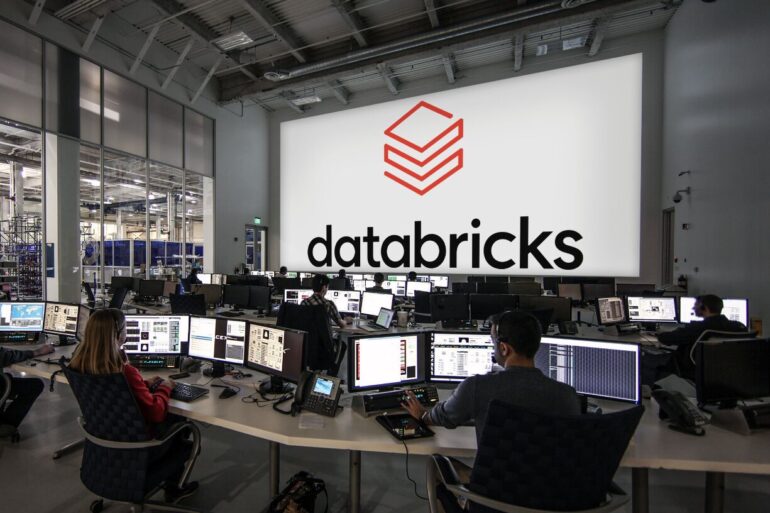TL;DR:
- Databricks unveils the Data Intelligence Platform, integrating MosaicML’s generative AI expertise.
- The platform democratizes data analysis, allowing users to interact with data in plain English.
- CEOs and executives are already using it to gain insights, expanding its accessibility.
- Databricks is poised to compete with rivals like Snowflake and emerging AI model providers.
- OpenAI’s ChatGPT has paved the way for AI accessibility, but Databricks focuses on helping users create bespoke, smaller models.
- Despite its potential, users may face a learning curve, and data scientists will remain crucial for troubleshooting.
Main AI News:
Databricks, the trailblazing enterprise tech firm valued at $43 billion, is making waves once again with its latest offering, the Data Intelligence Platform. This innovation follows their substantial $1.3 billion acquisition of MosaicML, marking a pivotal moment in the generative AI landscape. Databricks CEO Ali Ghodsi, reflecting on the acquisition, stated, “In hindsight, I would’ve paid even more.“
The Data Intelligence Platform is set to revolutionize the way organizations harness their data, building on Databricks’ flagship data “lakehouse” software, which seamlessly handles structured and unstructured data. Ghodsi describes it as the skyscraper atop the lakehouse foundation, promising to democratize data analysis.
One of the standout features of this platform is its accessibility. No longer confined to coding languages like Python, users can now interact with their data in plain English. It’s akin to having a primitive ChatGPT at your disposal. The technology behind this transformation relies on MosaicML’s extensive language models, the very backbone of the current AI boom. Companies can even train custom models using their proprietary datasets stored within Databricks.
Beta testers have already reported remarkable use cases. CEOs and executives are leveraging the Data Intelligence Platform to gain insights previously reliant on technical staff. Healthcare professionals at Tufts Medicine are using the tool to review patient data. Ghodsi enthuses, “This enables many more people in the organization to get the insights and do the kind of work that previously only data scientists could do.”
Ghodsi’s vision extends beyond Databricks; he believes this is the future for all data platforms. In a competitive landscape that includes rivals like Snowflake and emerging AI model providers like OpenAI and Anthropic, Databricks is gearing up for an anticipated IPO. The company announced a revenue run rate exceeding $1.5 billion in September, with OpenAI closely following at $1.3 billion.
OpenAI’s ChatGPT has undoubtedly democratized AI access, primarily through subscription-based services. However, the landscape is evolving as more companies utilize big models like GPT-4 and Claude 2 to develop their AI applications. Databricks takes a different approach, assisting customers in creating bespoke, smaller models. Ghodsi explains, “What we are seeing most interest in is people who have very sensitive data who want to build their own AI. We’re helping them do that.”
While Databricks is currently at capacity with its 15,000 leased GPUs for these purposes, the Data Intelligence Platform represents another leap forward in its pursuit of a niche in the rapidly advancing AI arena.
Nevertheless, there is a learning curve associated with the product. Ghodsi’s demonstration to Forbes encountered internal errors, highlighting the importance of user familiarity with the subject matter. Data scientists, with their expertise in troubleshooting such issues, are likely to remain indispensable. Ghodsi concludes, “I think they will continue to be around and they’re going to become even more important.“
Conclusion:
Databricks’ introduction of the Data Intelligence Platform marks a significant advancement in the AI-driven data analysis market. Combining generative AI expertise with user-friendly English language queries enhances accessibility for executives and decision-makers. This move positions Databricks as a formidable contender in the competitive landscape, challenging both established data platform rivals and emerging AI model providers. However, the platform’s learning curve underscores the ongoing importance of data scientists in ensuring effective use.

